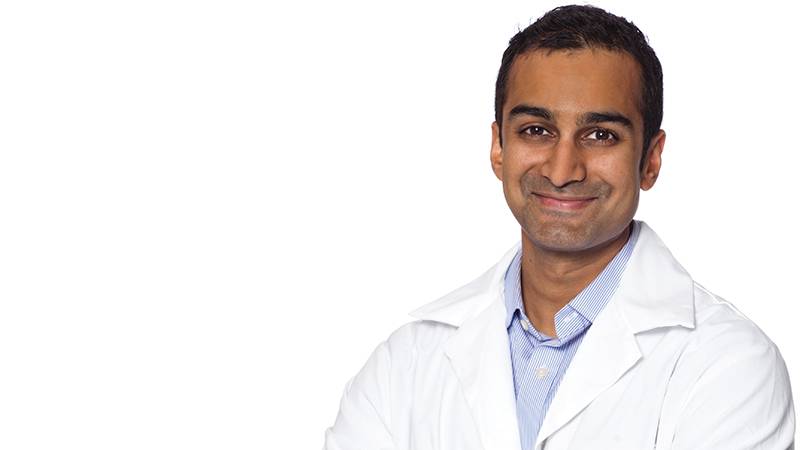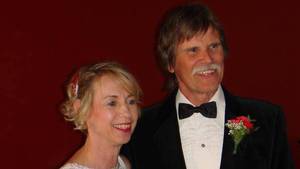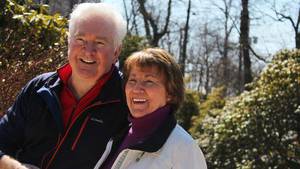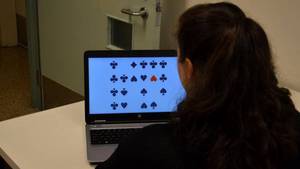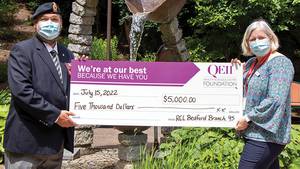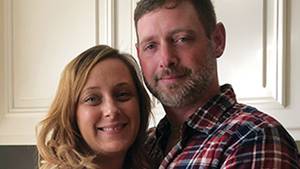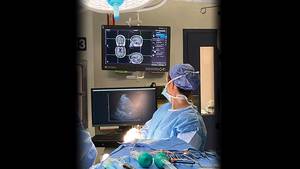The importance of research in the advancement of health care can’t be overstated.
Prioritizing continued research is one of the main reasons behind Atlantic Canadian patients’ continued access to top-tier care at the QEII Health Sciences Centre in Halifax — and it’s an area that receives direct support from the QEII Foundation.
QEII Foundation endowed research chairs work to expand the current knowledge base as they search for ways to innovate treatment and care in their fields.
For Dr. Karthik Tennankore, who was recently appointed as the QEII Foundation Endowed Chair in Transplantation Research, that area is nephrology and kidney transplants. He is aiming to research how patient outcomes and decisions around transplant recipients can be improved.
“I want to find ways that make sure we allow people the best chance of receiving a transplant and deriving good benefit from it, not harm and poor health,” he says.
Dr. Tennankore is the second person to be appointed to this role.
Each QEII Foundation endowed research chair supports the QEII through dedicated research fields and each position is funded through permanent investments. The QEII Foundation Endowed Chair in Transplantation Research position was established in 2013 with funding from Roche Canada, RBC and other QEII Foundation donors.
Dr. Tennankore is researching how machine learning, patient frailty and patients’ partners may affect kidney patient outcomes and transplant success. His goal through these combined research projects is to improve outcomes — risk-factor identification, patient recovery and quality of life — for nephrology and transplant patients.
“Transplant organs are a limited resource, so we want to make sure that they last as long as possible and provide organ recipients with better quantity and quality of life,” says Dr. Tennankore.
Dr. Tennankore says uncovering how machine learning may aid in transplant recipient selection may reveal how the technology can help physicians decide which patients may get the most benefit from a transplant, as it analyzes their interrelating health factors.
“What I see machine learning doing is not changing our allocation process, but complementing it with a model that’ll tell us, at that point of care, the risk or chance this organ will last a certain period of time,” he says.
Further to this, Dr. Tennankore is focused on unpacking the interrelation of patient frailty and its impact on the success or failure of a transplant. He is hopeful this study’s results may even translate to other organs, particularly the liver.
“These answers will help us decide how to prioritize patients or find ways to mitigate frailty so that when the time comes for their transplant, they’re in better health,” he says.
His third research area, looking at creating behavioural interventions to increase physical activity, is aiming to objectively identify why people are sedentary, how partners may influence this and how to then work with objective findings and promote healthy habits.
“If we can figure out this relationship, we can suggest a behavioural intervention that works for each patient,” he says. “This will ultimately improve recovery and quality of health.”
Dr. Tennankore says findings from these combined areas of research will help physicians make the best objective decisions they possibly can, while maintaining a human element in their decision-
making process.
“We’re not just looking at patients as a number, but doing things where we’re seeing them face-to-face. Things that will be helpful at that point-of-care assessment,” he says.
He says the COVID-19 pandemic has made this area of research incredibly timely, as it has resulted in some people becoming less active.
“This is why identifying how patients and their partners participate in physical activity and sedentary behaviour is crucial, so we can come up with the right kind of intervention,” he says.
“Recognizing that a one-size-fits-all approach doesn’t work in the context of organ transplantation is key here. We’re looking to determine whether there are fairly consistent signals we can identify and use to address how we can improve outcomes.”

